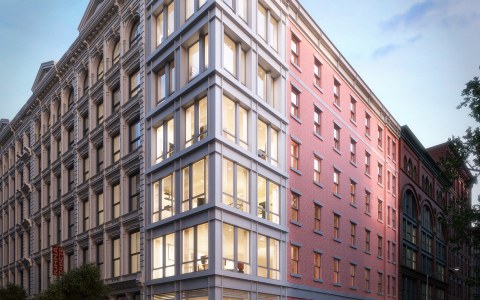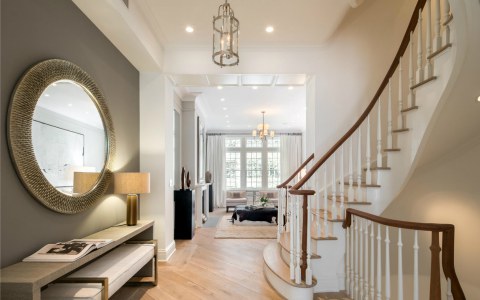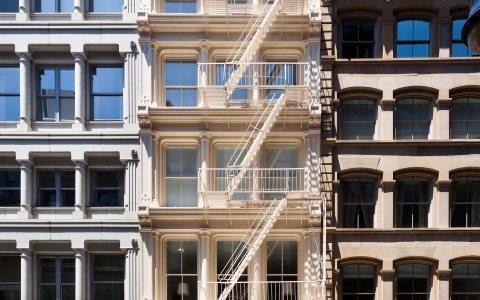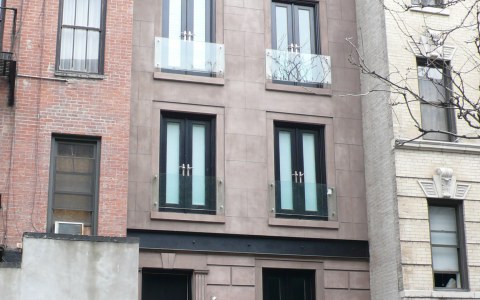Saxe Embroidery Transitional Housing
About this project
This project was placed on the National Register of Historic Places. Originally erected in 1904 by the Saxe Embroidery Company, this three-story building is typical of the more modest industrial buildings constructed in the Morrisania area of the Bronx at the turn of the twentieth century; most were no taller than 4 or 5 stories and were vertical rather than sprawling. By the late 1910s, Morrisania had developed into a small textile manufacturing center. In 1912, Saxe moved its operations to the third floor and leased the remainder of the building to a series of tenants. This strategy contributed to the company’s success and flexibility through the Great Depression, even as many other businesses in the borough failed. In 1946, Saxe sold the building; since that time, it has served various commercial uses. Morrisania’s industrial district continued to decline during the late twentieth century, and only six historic buildings remain from the district’s peak; Saxe is one of three related to the textile industry, and the only one which is known to be architect-designed. The existing condition is a three-story, four-bay by eleven-bay brick building with a shed roof. The first-floor façade has been painted over the years and has openings with centered, painted keystones which have all been subject to alteration. The remainder of the façade and other elevations are brick. All of the window openings had been filled by one-over-one aluminum replacements and filler panels. A painted, pressed-metal cornice caps the roofline.
ABA designed an adaptive re-use program to convert the building to transitional housing, a non-profit housing type for people requiring social support, in this case formerly homeless people having HIV/AIDS. The design incorporates 86 tenant rooms and offices for social support services. ABA’s design retains the original heavy timber interior structure as much as possible. ABA also supported the placement of the building on the National Register of Historic Places as part of the overall project, including extensive restoration to front and rear façades. The project also enlarges the building horizontally, stepping the façade back at the front and (lesser) at the rear, maintaining the integrity of the original historic building massing.
The rear façade, visible from Weiher Court, had myriad structural issues. A crack in the historic masonry wall propagated vertically through all levels after the twentieth century addition of a CMU elevator shaft and loading dock. These non-historic elements were removed, and the façade has been completely restored including removal of all paint and non-historic fenestration infill, and repointing and re-stitching the brick to mitigate the crack.
As transitional housing for 86 formerly homeless tenants, the adapted Saxe building serves the local community by providing social benefit in its function but also forms part of the visible architectural rejuvenation of Morrisania. ABA’s restoration design keeps it of a piece with local historical context and renews many original elements while making the building an attractive and functional part of the neighborhood.









